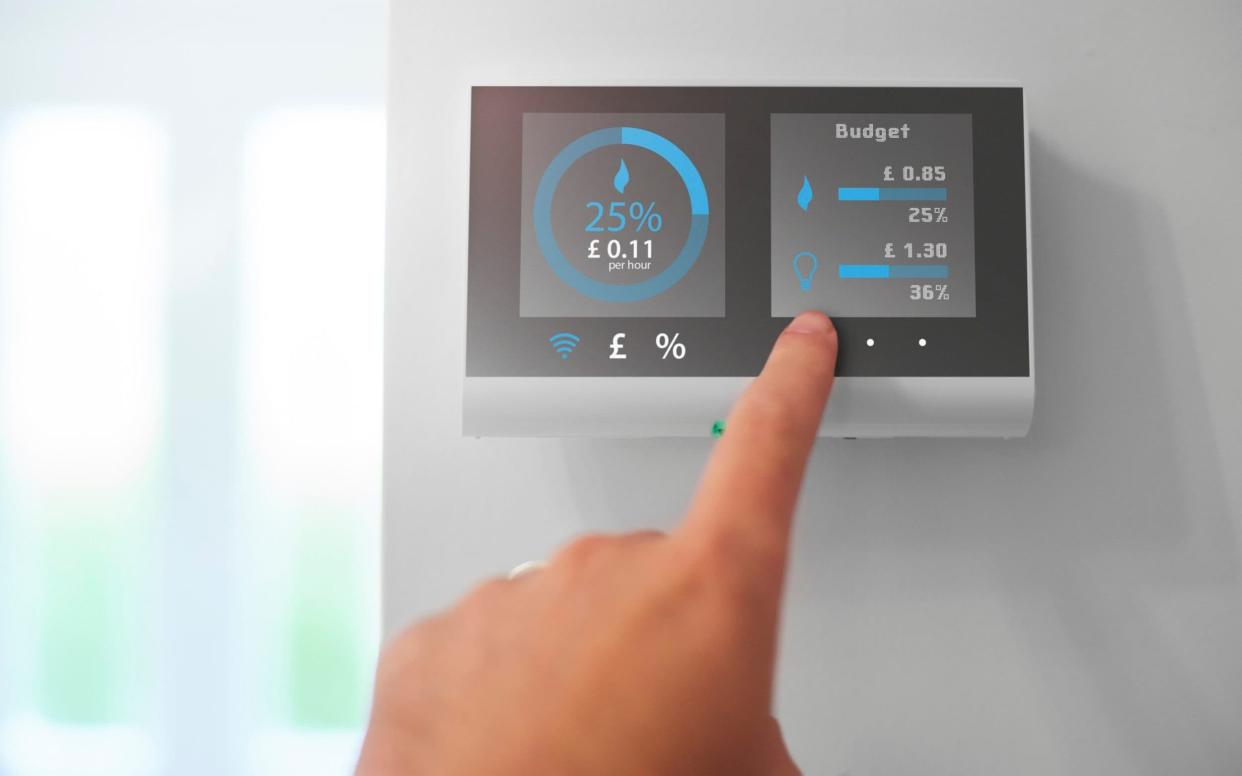One million smart meters given 'going dumb' fix, but millions more remain at risk

More than a million smart meters have received a fix to stop them going "dumb", figures show, but millions more remain at risk.
There are now more than 20 million smart meters installed in the UK as part of the £13.5 billion rollout which aims to modernise the energy grid.
However, the majority are still first-generation meters which can lose their smart functions and “go dumb” if a customer switches their energy supplier.
The Telegraph understands there are around 14 million of these devices, which are being enrolled onto a national network operated by the Data Communications Company (DCC) to solve the problem.
Data published on its website last week revealed there are now 1,062,747 meters enrolled onto the network. There are also just over five million second-generation meters installed, which should not suffer from the switching problem.
Tom Lyon, director of switching website Energyhelpline, said: “While the milestone is important, it is clear there’s still much work to do to get smart meters working for the country.
“Consumers have been helping to foot the bill of the rollout, however it’s disappointing that so many are yet to see the benefits.”
The switching issue has caused frustration among consumers who have switched energy suppliers in a bid to save money.
Government figures published last month showed there are just over four million meters currently operating in “dumb”, or traditional, mode.
A spokesman for the DCC said: “Working with our customers, the energy retailers and distributors, we’ve made good progress on this throughout lockdown - the number of first-generation smart meters connected to our secure network will continue to increase.”
Upgrades are carried out remotely and those meters which are operating in dumb mode are being prioritised.
The devices are installed by energy suppliers for free but some of the costs are then passed on in household bills.
They come with an in-home display which tracks usage in pounds and pence and shows it in real-time, and they can send meter readings to suppliers automatically.
However, there are fears that they could enable energy firms to switch off household appliances.
The Telegraph reported last week on proposals being considered by the watchdog which would allow networks to temporarily switch off high-usage appliances, like heat pumps and electric vehicle chargers, in emergency situations.
However, proponents of smart meters say they will allow consumers to save money by drawing energy when it is cheap, storing it in a battery and using it to power their homes when prices go up.
Smart meters could also enable households to automatically sell energy back to the grid for a profit.

The Government had initially intended for the rollout to be mostly completed by the end of this year, but this target was delayed by four years a year ago.
It was moved by a further six months in June after the coronavirus lockdown meant installations plummeted as engineers were not able to visit customer homes.
However, on September 7 the DCC hit a major milestone with the five millionth second-generation meter installed at a property in Lincoln.
These devices do not suffer from the switching issues which plagued their predecessor, but still make up a fraction of the number in circulation.
DCC chief executive Angus Flett said at the time that the rollout had recovered well from “difficult” circumstances.
He added: “Britain is more concerned about its carbon impact than ever before, and the appetite for this greening technology remains strong.”
A spokesman for the Department for Business, Energy and Industrial Strategy said: “The replacement of traditional gas and electricity meters with smart meters is a vital infrastructure upgrade that will make our energy system cheaper, cleaner and more efficient, helping to reduce our contribution to climate change.
“First generation smart meters are being remotely moved onto the network so consumers regain and keep smart services if they switch supplier.
"Energy suppliers are now installing second generation smart meters, which are already connected to the national smart metering communications network so are compatible between suppliers from the outset.”
Smart meters operating in dumb mode still track usage but readings must be taken manually.


